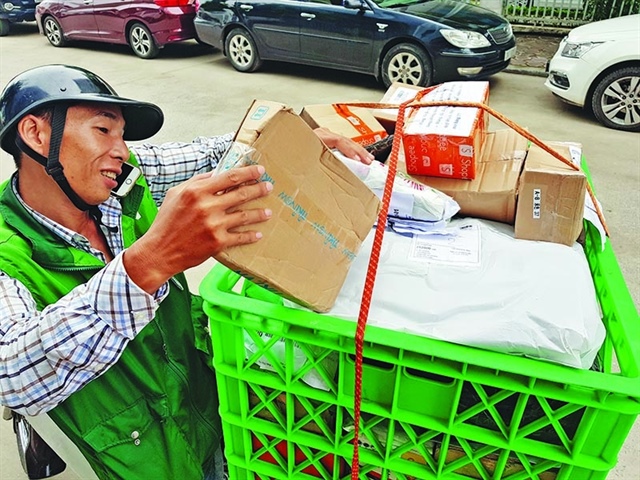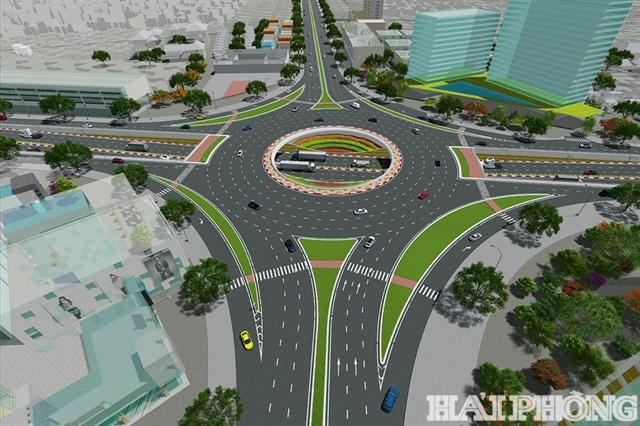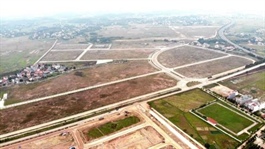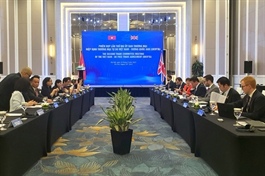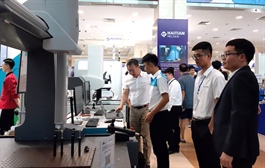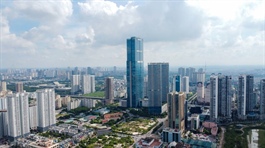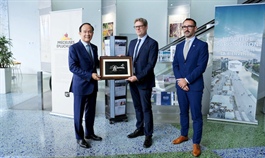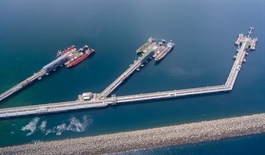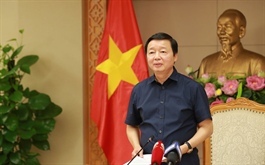Foreign investment remains on upward trend
Foreign investment remains on upward trend
Foreign investment inflows into Việt Nam in the first eight months of this year reached nearly US$18.15 billion, up 8.2 per cent year-on-year, according to the Foreign Investment Agency (FIA) under the Ministry of Planning and Investment revealed.
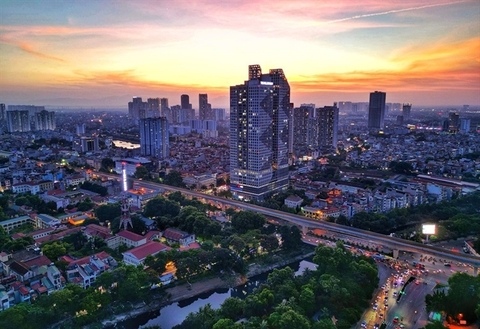
A part of Hà Nội's Hà Đông District. The capital city is the most attractive investment destination for foreign businesses as it lured over $2.34 billion in the first eight months of this year. — VNA/VNS Photo Tuấn Anh |
Up to 1,924 new foreign-invested projects worth over $8.87 billion were licensed during the period, up 70 per cent year-on-year in the number of projects and 40 per cent in the level of capital.
In addition, 830 projects had their capital adjusted, with a total amount of above $4.53 billion, up 23 per cent in quantity but down 40 per cent in quality year-on-year, respectively.
Foreign investors also made 2,268 transactions of capital contributions and share purchases valued at $4.47 billion in eight months, down 6.5. per cent in number but up 63 per cent in the capital.
The FIA added that disbursed capital stood at $13.1 billion in the period, a slight annual increase of 1.3 per cent.
The manufacturing and processing sector remained to attract the largest share of foreign investment with nearly $13 billion, representing a yearly hike of 15 per cent or accounting for 67.8 per cent of the total capital.
Real estate came second with over $1.76 billion, down 47 per cent year-on-year or making up 9.7 per cent of the total.
The banking and finance sector ranked third with nearly $1.54 billion, 63.7 times higher than last year's corresponding period. It was followed by science and technology with $800 million, up 29 per cent year-on-year.
In the January-August period, there were 100 countries and territories pouring capital into Việt Nam, in which Singapore topped the list with over $3.83 billion, down 15 per cent year-on-year or 21.2 per cent of the total investment registered in the country.
It was followed by China with $2.69 billion, up 91 per cent year-on-year or 14.8 per cent of the total and Japan with above $2.58 billion, surging 73 per cent year-on-year or 14.2 per cent.
According to the FIA, the capital city was the most attractive investment destination for foreign businesses as it lured over $2.34 billion, accounting for nearly 13 per cent of total registered investment capital and increasing 2.89 times over the same period of 2022.
The northern port city of Hải Phòng came next with a total registered investment capital of more than $2.08 billion, accounting for nearly 11.5 per cent of the total, up 72.2 per cent year-on-year.
Accumulated to August 20, 2023, the whole country was home to 38,084 valid foreign-invested projects with a total registered capital of $453.26 billion. The accumulated realised capital of foreign investment projects topped $277.1 billion, equalling 63.3 per cent of the total valid registered investment capital.
Việt Nam's attractiveness remained in the eyes of international investors, despite a wave of strategic adjustments as well as a reduction in investment activities on a global scale, according to experts.
It reflected the Government's efforts to promote cooperation, support foreign enterprises and improve the investment environment, they said, adding that the country's participation in many free trade agreements also creates advantages for goods produced in Việt Nam, especially when the tax rate had become a strength, helping maintain the country’s competitiveness in the race to lure foreign capital.
At the same time, a lot of localities have been proactively clearing bottlenecks, promoting potential and investment as well as creating the most favourable conditions for investors to attract new projects. For example, the northern province of Thái Nguyên has launched a "campaign" in this regard.
According to chairman of the provincial People's Committee Trịnh Việt Hùng, the province boasted favourable conditions to welcome investors, with appropriate policies, including financial support in vocational training for workers. This was a solution that contributed to accelerating the implementation and improving the feasibility of projects, he said.
At the macro level, the Government continued to focus on speeding up reforms and perfecting institutions and regulations related to foreign investment; actively promotes investment on the international scale, focusing on large and potential partners in terms of capital and technology such as South Korea, Japan, Europe and the US.





